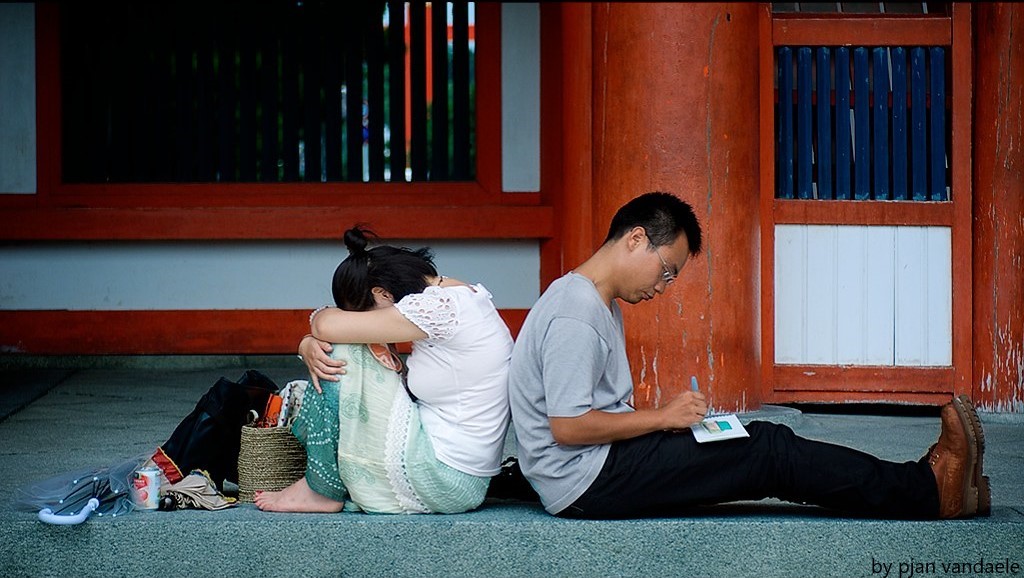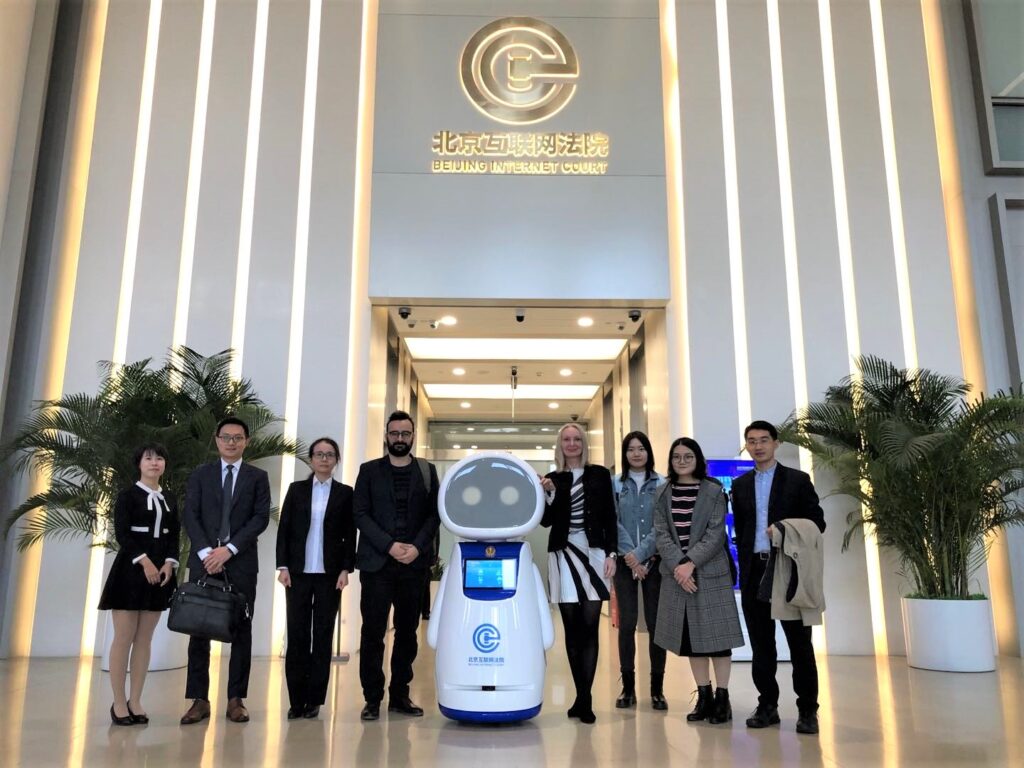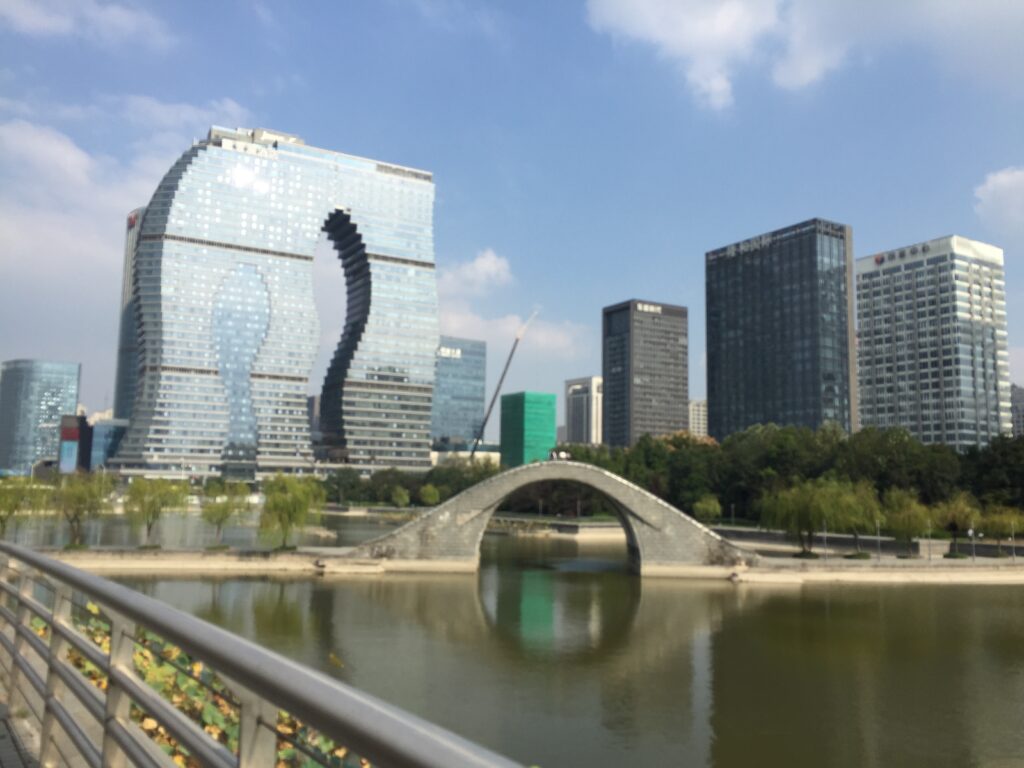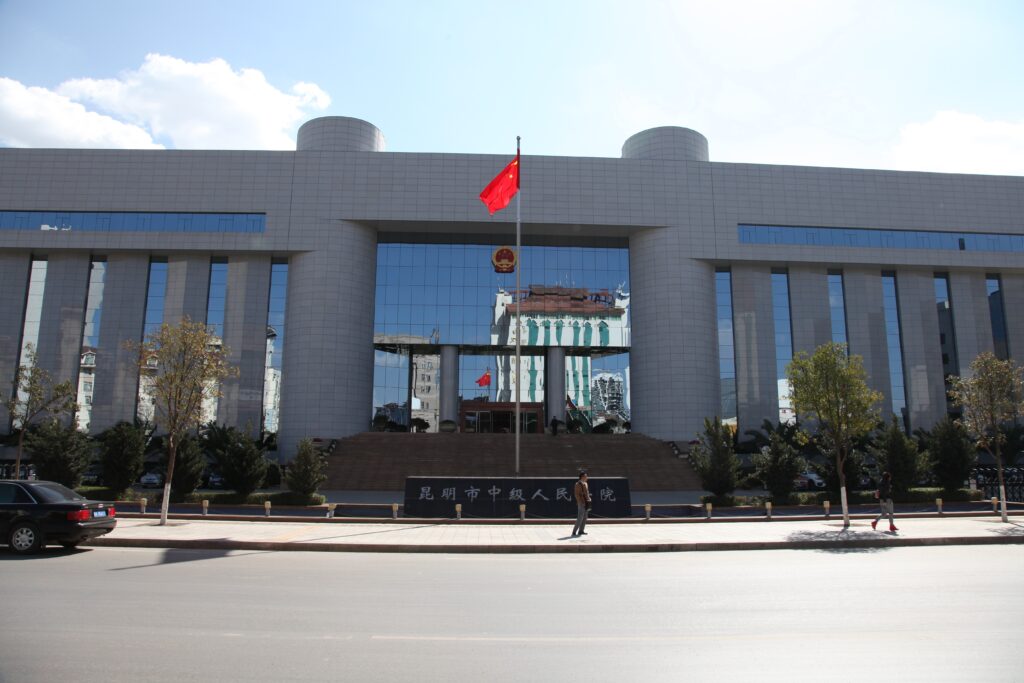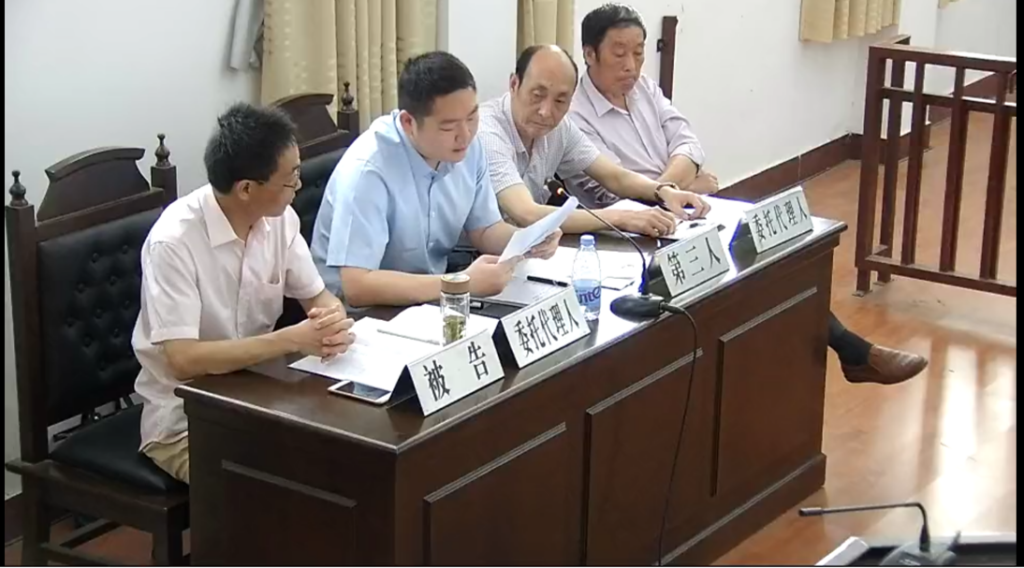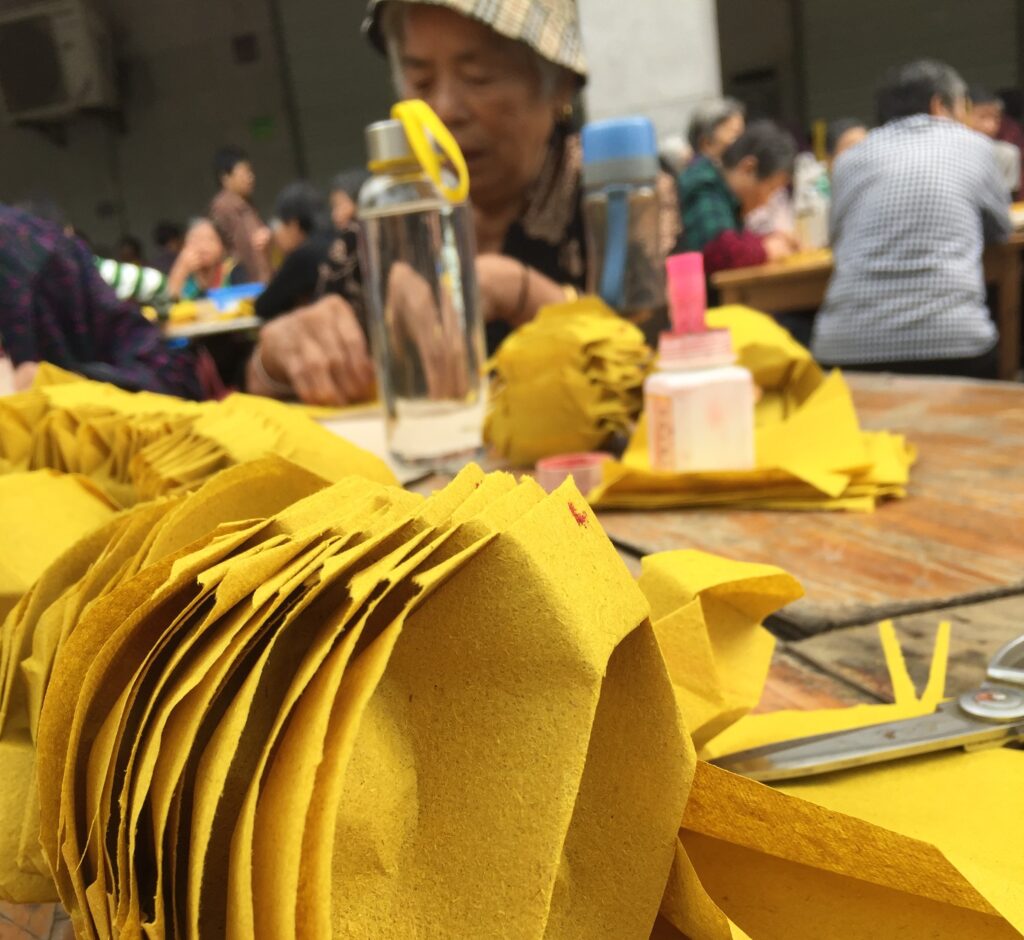A new paper by Weixia Gu
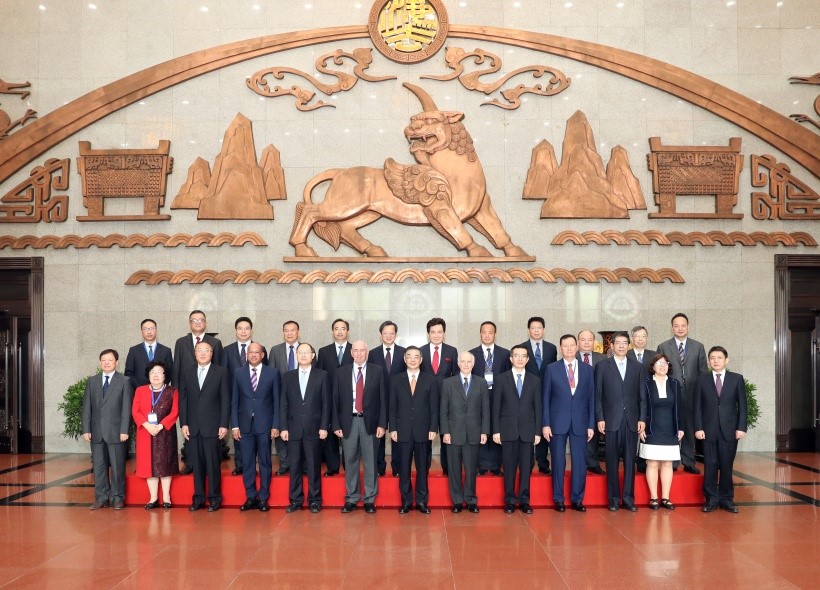
In June 2018, the China International Commercial Court (CICC) was established within China’s Supreme People’s Court. It is a top-down capacity-building effort in establishing dispute resolution infrastructure and represents the ambition to create a lex mercatoria in the context of the Belt and Road Initiative (BRI). This blogpost highlights some salient features of the CICC and sheds light on its significance in China’s Law and Development.
First, CICC installed an International Commercial Experts Committee (ICEC) to make up for the lack of non-Mainland Chinese judges among its personnel. It draws on experts from both civil law and common law jurisdictions with diverse backgrounds (Eastern, Western and African legal culture). Members of the ICEC will provide foreign legal expertise to engage in the CICC mediation work, the outcome of which could be turned into a CICC judgement equivalent to “semi adjudication.” The ICEC has two main functions: first, presiding over mediation proceedings of international commercial cases which can be converted into a CICC judgement; second, providing advisory opinions on proof of foreign law and on international treaties, international commercial rules. The ICEC is argued as emblematic of the “paradigm shift” of the Beijing Consensus which traditionally emphasises soft law in international legal ordering such as what has happened in the Belt and Road context. Scholars have argued about a rising new Chinese economic legal order that is characterized by China’s decentralized mode of trade governance through a pragmatic, incremental development policy grounded in soft law and norm-based networks (Shaffer & Gao 2020). This is shown in China’s approach toward the BRI (yidaiyilu 一带一路) as China largely relies on memoranda of understanding and soft law agreements. There is no stringent cross-border legal framework or rigid regulatory structure in China’s approach toward the BRI. The advent of the ICEC however points to a new focus on institution-building which is somewhat a departure of the previous soft-law approach. Apart from that, the ICEC also showcases a breakthrough in the Chinese legal system in light of the existing statutory impediments found in, for example, China’s Judges Law, which allows only Mainland Chinese nationals to sit on the Chinese judicial benches. It reflects a more proactive, experimental, and innovative mentality adopted by the Chinese government and judiciary in seeking to incorporate overseas judicial expertise so as to compete in the global dispute resolution market.
The CICC signifies China’s major step towards a dual-track model which places equal emphasis on both soft-law instruments and hard-law capacity-building of legal infrastructure. Second, the CICC brands itself as a “one-stop shop” for diversified dispute resolution, incorporating alternative dispute resolutions (ADRs) into conventional litigation. Under this vision, international commercial litigation, arbitration and mediation are blended and integrated to facilitate the resolution of international commercial disputes brought before the CICC. The CICC also links with China’s five most market-driven arbitration institutions – China International Economic and Trade Arbitration (CIETAC), Beijing Arbitration Commission (BAC), Shenzhen Court of International Arbitration (SCIA), Shanghai International Arbitration Centre (SHIAC), China Maritime Arbitration Commission (CMAC), and two leading commercial mediation institutions – China Council for the Promotion of International Trade (CCPIT) Mediation Center and Shanghai Commercial Mediation Centre (SCMC). If disputing parties have reached a mediation settlement agreement before the CCPIT Mediation Center or SCMC, the CICC may also make a CICC judgment based on the mediation agreement if it is requested by the parties. This conversion of the institutional mediation settlement agreement into a CICC judgment is an unprecedented arrangement, evidencing the experimental and law-positive nature of China’s approach to the BRI and the new Beijing Consensus.
From the Law and Development perspective, the establishment of the CICC exemplifies a turning point in the Beijing Consensus to move away from the heavy reliance on norm-based instruments in international legal ordering.
Third, the CICC has a guaranteed caseload. Structurally, the CICC is within the hierarchy of the Chinese domestic judiciary. It forms part of China’s Supreme People’s Court of which both the first CICC in Shenzhen and the second CICC in Xi’an are permanent branches. Flowing from this structure, it is ensured that the CICC continuously has a high caseload as the Supreme People’s Court in Beijing directly refers cases to them. In fact, the case flow under the CICC Provisions includes “other international commercial cases that the Supreme People’s Court considers appropriate to be tried by the CICC.” (Provisions of the Supreme People’s Court on Several Issues Regarding the Establishment of the International Commercial Court, Article 2(5), English here). Comparative studies show that the feature of “rooting” the international commercial courts within the domestic judicial system is similarly found in other jurisdictions, such as the Singapore International Commercial Court and the Chamber for International Commercial Disputes of the Frankfurt Regional Court in Germany.
The establishment of the CICC arguably represents a paradigm shift of the “Beijing Consensus”, which traditionally placed emphasis on informal alternatives to law (i.e. a soft-law and norm-based approach). The CICC signifies China’s major step towards a dual-track model which places equal emphasis on both soft-law instruments and hard-law capacity-building of legal infrastructure. From the Law and Development perspective, the establishment of the CICC exemplifies a turning point in the Beijing Consensus to move away from the heavy reliance on norm-based instruments in international legal ordering (such as Memorandum of Understandings, Memorandum of Agreements, Joint Statements etc. involved in the BRI) to hard-law institutional infrastructure capacity-building.
Finally, the CICC benefits from China’s accession to the Hague Convention of 30 June 2005 on Choice of Court Agreements (Choice of Court Convention) (the Hague Convention) which was signed in September 2017. Recognition and enforcement of the judgments rendered by the CICC can be facilitated via the Hague Convention.
For details, please find Weixia Gu’s forthcoming article regarding the CICC and Law and Development Study at Harvard International Law Journal here. Please also find her recent monograph, Dispute Resolution in China: Litigation, Arbitration, Mediation and Their Interactions published by Routledge in 2021 here.
Weixia Gu is Associate Professor at the Faculty of Law, University of Hong Kong and immediate past Co-Chair of the American Society of International Law (ASIL) Asia-Pacific Interest Group. Her research focuses on arbitration, dispute resolution, private international law and cross-border legal issues. Her scholarship is published by leading comparative and international law journals and cited by leading judiciaries in the world. She is the recipient of University of Hong Kong’s Outstanding Young Researcher Award and three times the awardee of China Society of Private International Law Best Research Output Prize. Her recent books include The Developing World of Arbitration (Hart, 2018); Dispute Resolution in China (Routledge, 2021); Multi-tiered Approaches to the Resolution of International Disputes (CUP, 2021). Contact her at guweixia@hku.hk.

